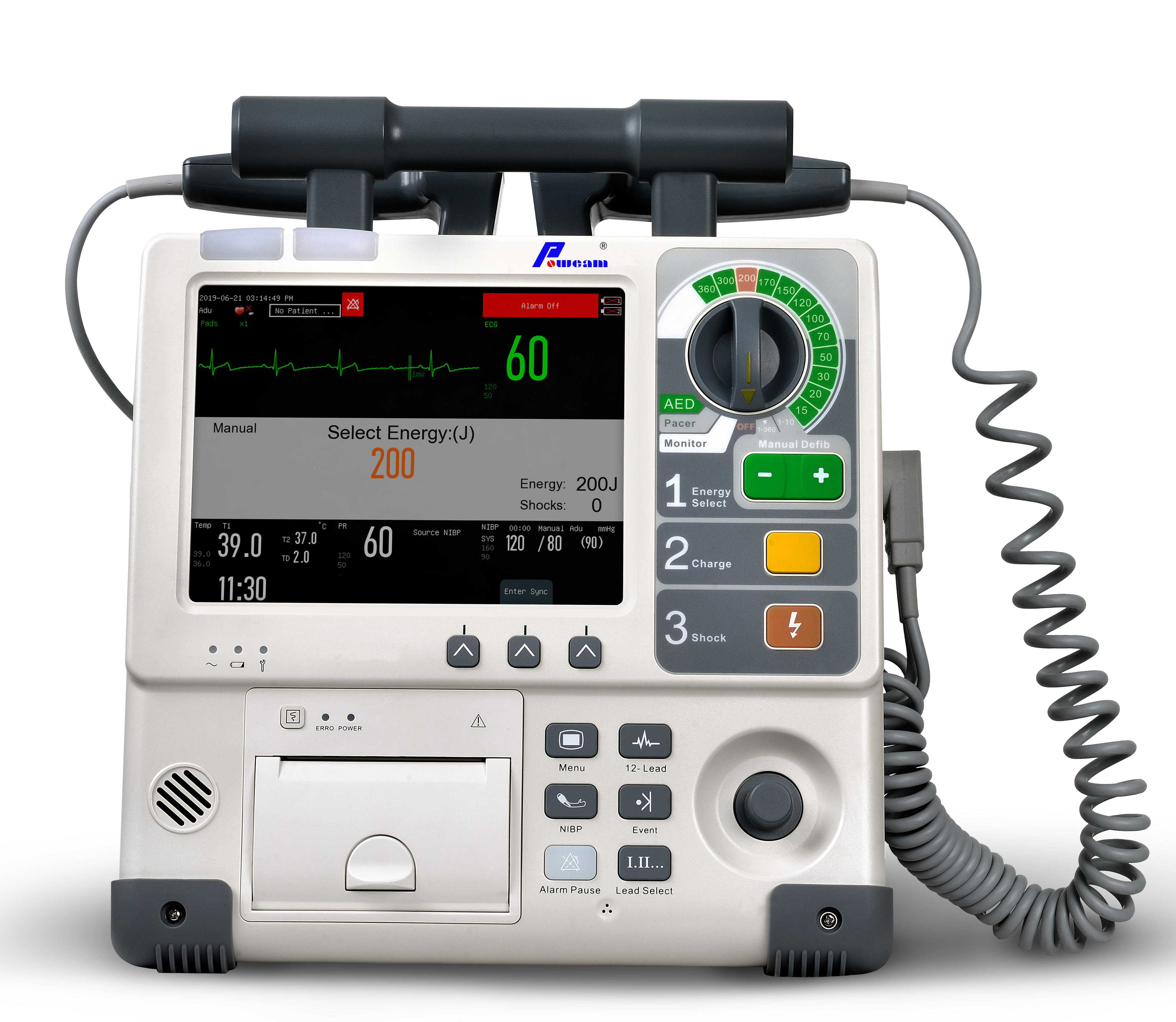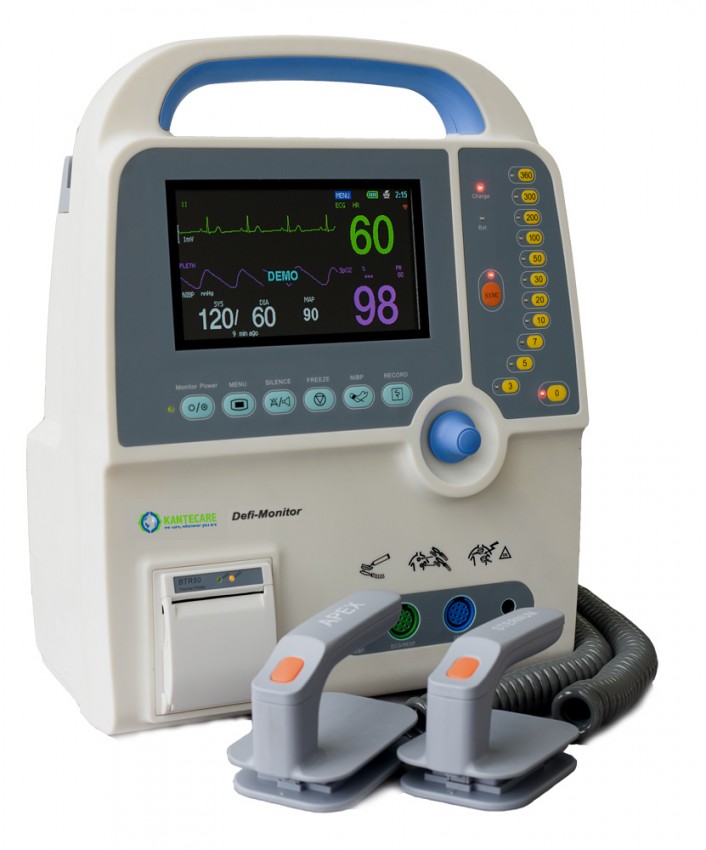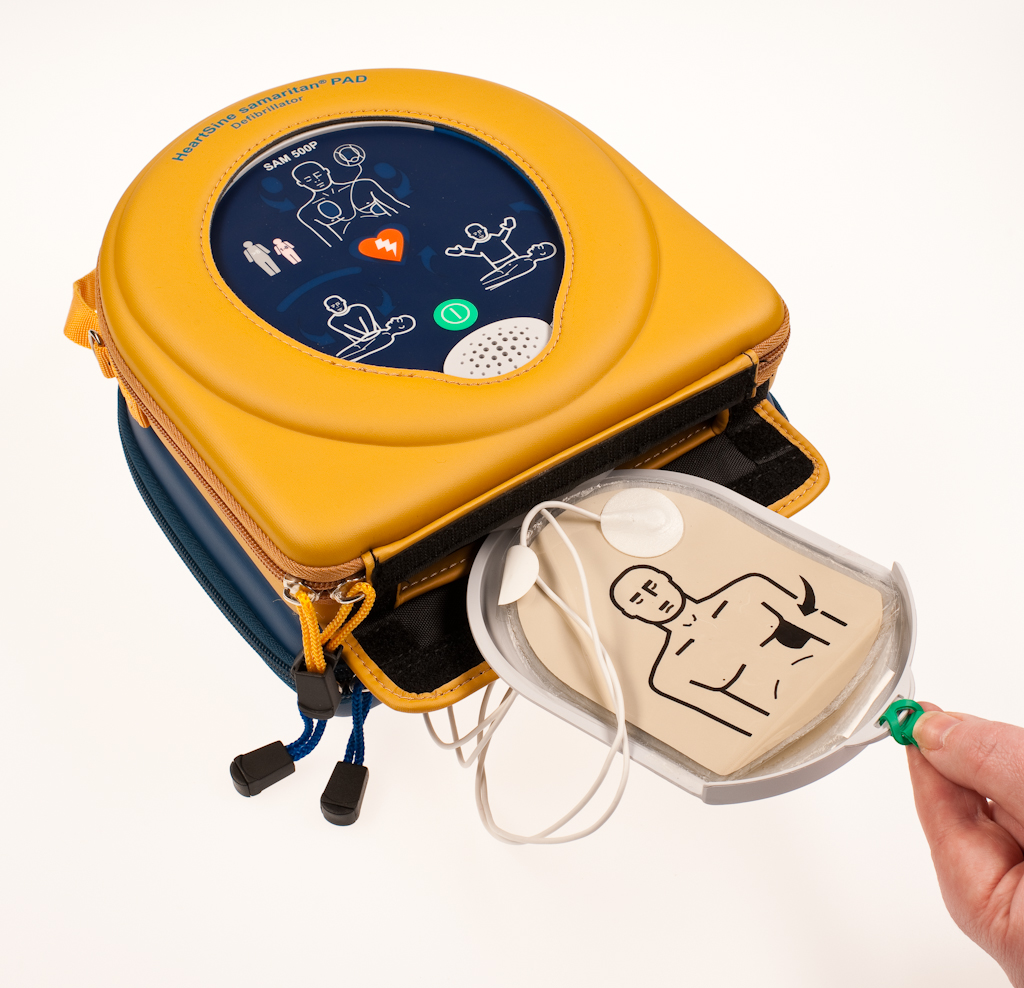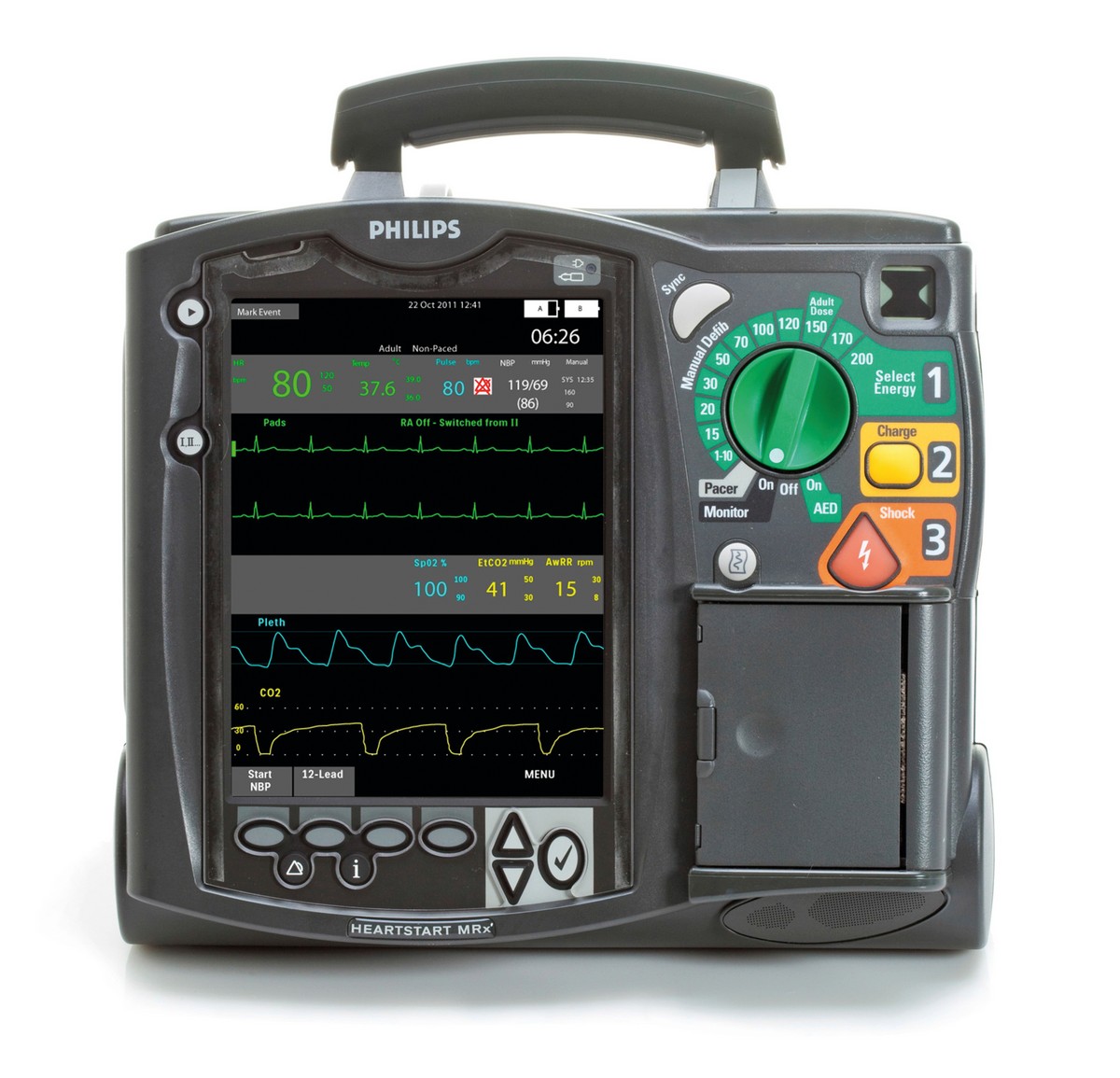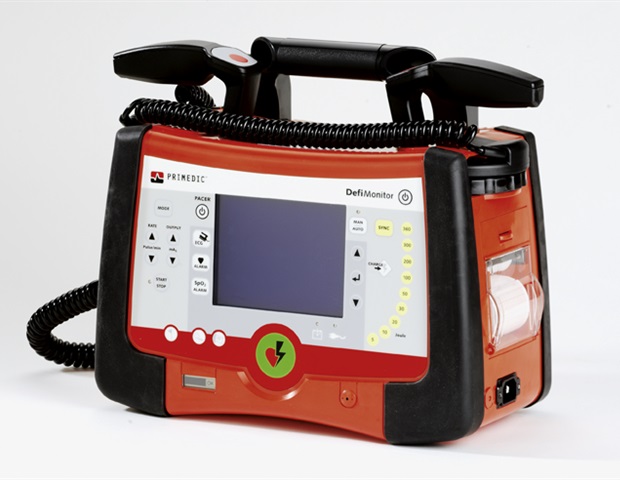A defibrillator is a device that gives a high energy shock to the heart of someone who is in cardiac arrest. This shock can restore a normal heart rhythm … A defibrillator is a device that provides an electric shock to your heart to allow it to get out of a potentially fatal abnormal heart rhythm, or arrhythmia, — ventricular tachycardia (with no pulse) … · if the heart rhythm stops due to cardiac arrest, also known as sudden cardiac arrest (sca), a defibrillator may help it start beating again. A wearable cardioverter defibrillator is a portable external defibrillator that can be worn by at-risk patients. · the machine used to deliver this therapeutic shock to the heart is called a defibrillator. A defibrillator, often known as an automated external defibrillator (aed), is a portable device designed to deliver an electric shock to the heart. Find out how to use one, where to buy one, what funding opportunities we have and more. A sudden cardiac arrest is fatal unless … [21] the unit monitors the patient 24 hours a day and can automatically deliver a … The different types of defibrillators used include external defibrillators, transvenous. A defibrillator is a device that uses electricity to re-start your heart or shock it back into a normal rhythm. Defibrillators can be implanted inside your body or worn on your body.
Defibrillator Pad Placement: The Crucial First Step
A defibrillator is a device that gives a high energy shock to the heart of someone who is in cardiac arrest. This shock can restore...
